Electric Cars: Great Idea, But Why So Expensive?
Tesla, with it's high-quality Model S, is one of our favorite companies. We love innovators and people like Elon Musk who look to change the world...
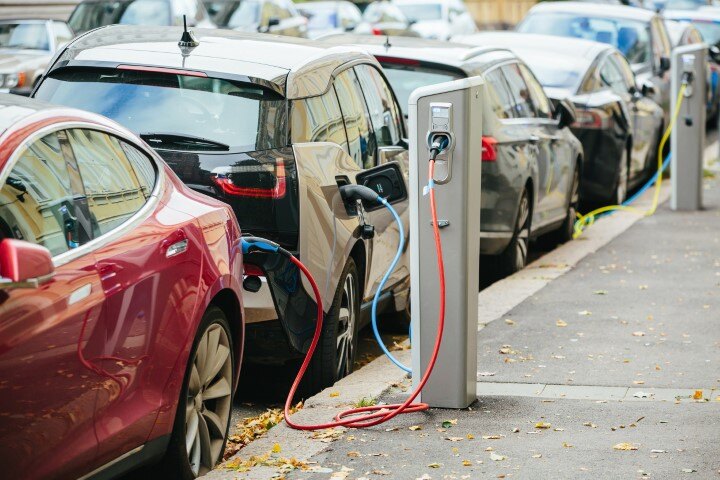
The Chevy Volt. Nissan Leaf. Ford Focus. The green trend in the last 5 years has raised consumer awareness about electric cars and created a niche market for this all-electric vehicle that doesn't have to burn gasoline, although some of them have the ability to switch between burning gasoline and running on electricity (the hybrid vehicles). These kinds of cars aren't cheap, though. The Nissan Leaf will run you about $35,000 and can go about 100 miles on a single charge. And there are higher-end electric cars that are even pricier. The Tesla Roadster (named after the inventor Nikola Tesla) came out in 2006 and was manufactured through 2010 at a cost of over $100,000. For the cost of a second home, you got a high-performance electric speedster that was marketed toward the high-end niche buyers, in an effort to show the world what electric cars could really do. Luckily for those of us not in the 1%, the Tesla company came out with an economy version in 2011 that gets 160 miles to a charge and only costs around $58,000 (before options).
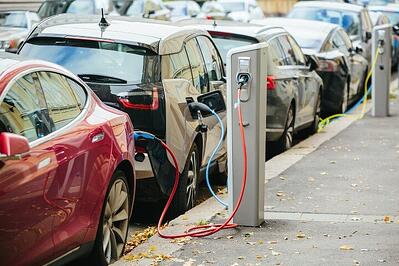 As much as we'd like to think that our modern sensibilities have led to the development of such kinds of vehicles, we would be mistaken. Electric vehicles have actually been around as long as cars themselves. Before internal combustion engines rose to prominence in the very early 1900s, it was electric cars that held all of the speed and distance driving records. It was an electric car 1899 that became the first vehicle to break the 60 mph barrier. There was an issue with charging infrastructure availability, so after 1896, companies started manufacturing exchangeable battery packs. Drivers would exchange them for a fresh pack when the time came and paid a monthly service fee and a per-mile charge. This was popular all the way up until about 1924 - through that time, drivers logged more than 6 million driving miles with cars using this kind of arrangement.
As much as we'd like to think that our modern sensibilities have led to the development of such kinds of vehicles, we would be mistaken. Electric vehicles have actually been around as long as cars themselves. Before internal combustion engines rose to prominence in the very early 1900s, it was electric cars that held all of the speed and distance driving records. It was an electric car 1899 that became the first vehicle to break the 60 mph barrier. There was an issue with charging infrastructure availability, so after 1896, companies started manufacturing exchangeable battery packs. Drivers would exchange them for a fresh pack when the time came and paid a monthly service fee and a per-mile charge. This was popular all the way up until about 1924 - through that time, drivers logged more than 6 million driving miles with cars using this kind of arrangement.
The same advantages and disadvantages that are recognized in electric cars today were easily determined by turn of the century drivers a hundred years ago. Electric cars were quieter and cleaner than gas cars. The flip side showed drivers a more limited driving range for electric cars and longer "refueling times". Eventually, the development of the electric starter really advanced the technology of the gas-powered automobile and hastened the relegation of electric cars to the scrapheap of irrelevancy. Until the 1990s, that is.
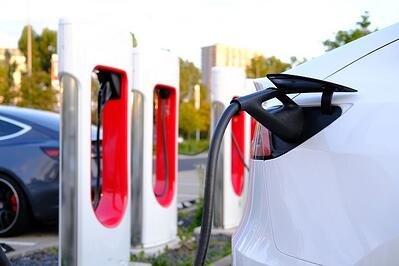 Another trend that hasn't changed over a hundred years is that electric cars have tended to be purchased by upper-income people who can afford the high price tag. Back in the 1900s, electric cars were overwhelmingly owned by upper-class women who preferred the advantages and, for lack of a better way to put it, the "status" of having a "city car" to drive the short distances that the electric charge would afford them. Today, it's not so much "upper-class women" as more upwardly mobile individuals who can afford to purchase these expensive electric vehicles.
Another trend that hasn't changed over a hundred years is that electric cars have tended to be purchased by upper-income people who can afford the high price tag. Back in the 1900s, electric cars were overwhelmingly owned by upper-class women who preferred the advantages and, for lack of a better way to put it, the "status" of having a "city car" to drive the short distances that the electric charge would afford them. Today, it's not so much "upper-class women" as more upwardly mobile individuals who can afford to purchase these expensive electric vehicles.
The electric car still has a long way to go to make a meaningful penetration into the total market for automobiles. As much as you hear about them, the sales of the two most popular models (the Leaf and the Volt) max out at 10,000 units per model. That's out of 13 million total new cars sold in 2011.
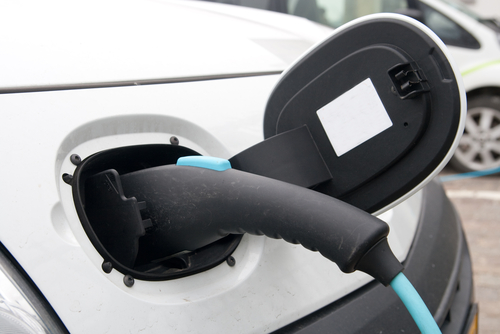
Tesla, with it's high-quality Model S, is one of our favorite companies. We love innovators and people like Elon Musk who look to change the world...
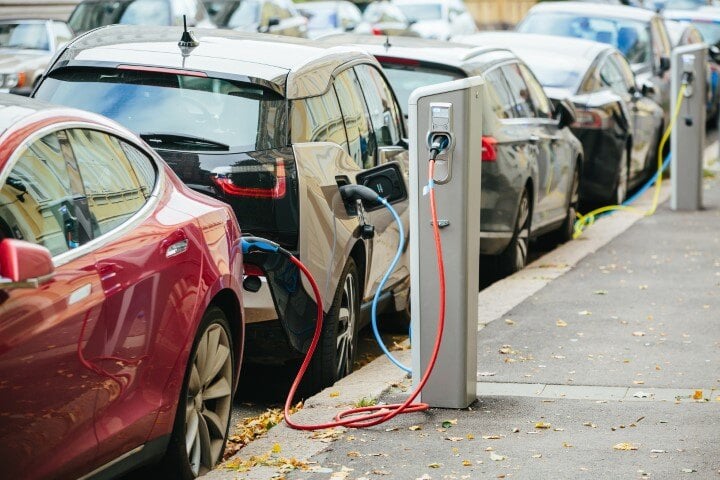
You might remember the story a few months ago that we commented on, about electric car maker Tesla being sued by the state of North Carolina (on...
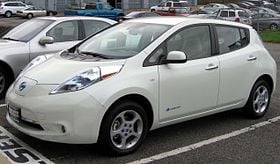
Earlier this year (December 2014), Nissan announced that its top flagship electric car model Nissan Leaf has become the first electric car model to...